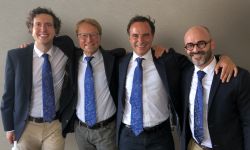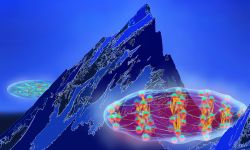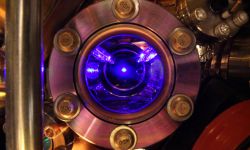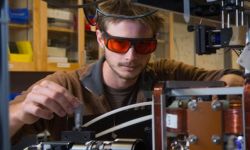
The Austrian-based quantum physicists Oriol Romero-Isart and Markus Aspelmeyer, together with Lukas Novotny and Romain Quidant from ETH Zurich, will receive one of the prestigious ERC Synergy Grants. Together they want to explore the limits of the quantum world by positioning a solid-state object containing billions of atoms at two locations simultaneously for the first time.

A publication by the research group led by Francesca Ferlaino on the first-time verification of special quasiparticles in quantum gases was chosen by the editors of Nature Physics as one of their favorite papers of the past 15 years. To mark the anniversary of the journal, which was founded in 2005, the most important works in the various disciplines of physics are presented.

The US National Science Foundation announced yesterday that it is funding three new research institutes for quantum technologies. In a center for quantum science and technologies led by the University of Colorado and funded with a total of 25 million dollars, Peter Zoller's research group is the only international partner involved.

Scientists around the world are working to demonstrate the quantum nature of macroscopic objects in the laboratory and to exploit it. Physicists led by Gerhard Kirchmair have now succeeded in coupling a micromechanical oscillator magnetically strongly to a superconducting circuit. In the future, the limits of the quantum world could thus be explored and new quantum sensors built.
